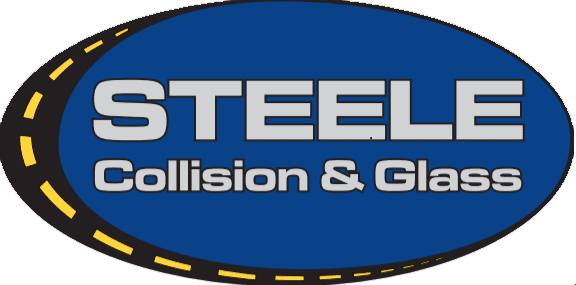Black Hills
Collision Repair
Auto collision repair involves many specialized functions and skills making it equally an art and a science. Professional collision repair involves the replacement of damaged parts, restoring steel or aluminum to their original shape and strength, sculpting body lines and contours, mixing, matching and applying paint to match factory color and texture and finally assembling the vehicle back to show room quality. Steele Collision offers only the highest quality repairs and solutions to ensure customer satisfaction. Our team will also work with your insurance to ensure a smooth process as well as self-pay clients. As a locally owned and operated business, we take pride in every project we get the chance to work on.
Our Process
Assist
Our team will help you in any way you need including arranging a tow service, work with your insurance company and review damage and facts of loss with you.
Assess
We will thoroughly go through your car as we prewash and disassemble looking for any and all damage. We will then create a detailed repair plan to review with you prior to ordering all necessary parts.
Repair
After your repair plan is solidified we will then move to conduct all structural and body repairs. After the proper standards are met we will then move to paint and refinish. We will then conduct a quality control inspection to ensure all repairs are up to code and our personal standards to which we will update you on the status of your vehicle.
Deliver
After all repairs, paint and inspections have been made we will then give your vehicle a full wash and detail on the house! We will then conduct a final quality assurance inspection, finalize all paperwork and your warranty. Afterwards we will then give you your vehicle back and better than ever.
Work We Perform
- Sheet Metal Repair
- Frame Repair
- Bumper & Plastic Repair
- Unibody Repair
- Full Paint Services
- Paintless Dent Repair (PDR)
- Suspension Service
- Engine Diagnostics
- Airbag Service
- Cooling System Service
- A/C | HVAC System Repair
- Windshield Replacement
- Headlight Repair & Reconditioning
- Hail Damage Repair
- Brake & ABS Service
- Wheels and Tires
- Bed-liner Repair
- Towing
Auto Collision Repair FAQ
First things first is to ensure the wellbeing of you and your passengers, if you had any. Next is to check on the wellbeing of the other party(ies). If there are any injuries, call 911 immediately. Do NOT move your vehicle, unless you are in immediate danger and it would be safer if you were to move your vehicle to a different location. No matter what you should collect the name of the person(s) driving the other vehicle(s) involved along with their contact information, drivers license, vehicle license plate number and their insurance information. You should then, after injuries have been taken care of and you are rested, contact the other driver(s) insurance company and inform them of the situation and provide as many details as possible. A location, time, date and a witness’ contact info if possible. Use your phone to take as many pictures of the scene and damages.
After an accident, you get tho choose where your vehicle is towed and where it is repaired. The best thing you can do beforehand is to check on shops and their specialties. Do they specialize in collision repairs? What is the quality of their repairs? Customer service? etc. Do your due diligence with what time you may have.
A professional collision repair shop should be able to arrange towing for you, provide factory-grade repairs and work with your insurance company. Some shops may also offer a type of warranty as an added benefit or they may include it. Make sure you ask.
The cost of a collision repair greatly depends on the extent of damage your vehicle suffered, the parts needed for repairs, and how long the process will take. Once a shop assesses the damage they should provide you with a detailed repair plan along with an estimate.
Your vehicles estimate should have a detailed inspection of the work going to be done, the description of the parts to be used, what your insurance will and will not cover and the expected cost of the total repair. Estimates may differ from shop to shop mainly due to each shops different appraisal process. Some shops may leave necessary repairs out of the initial estimate, causing it to be much lower than another shop. Steele Collision will always provide you with a detailed repair plan along with a thorough initial estimate.
The deductible process can be confusing but let’s simplify it. The responsible party’s insurance typically will cover the cost of the repairs for your vehicle. If you happen to be the responsible party, then you might be the one covering the deductible. Your auto insurance policy declaration pages should indicate what your specific deductible should be. It is important check the accuracy of your policy with your insurance company before and after an accident. Your deductible is typically due when you retrieve your vehicle after repairs have been completed. Some shops may also offer financing for your deductible in case you do not want to pay out of your pocket.

